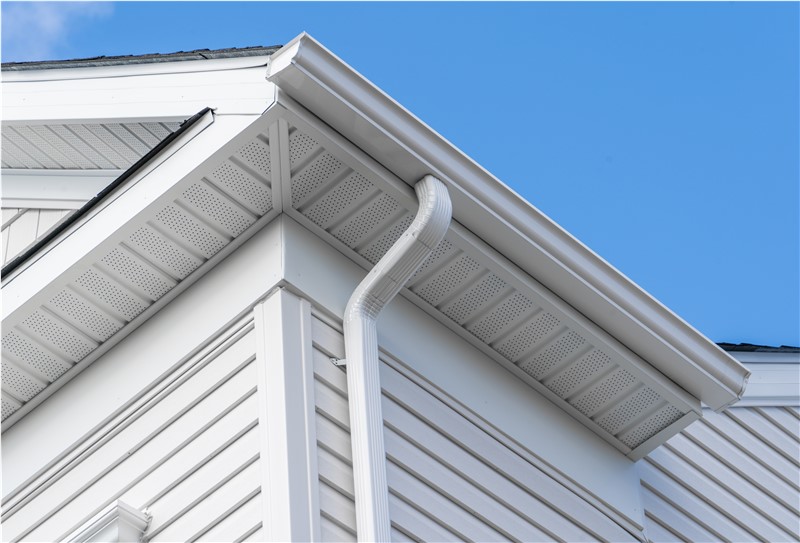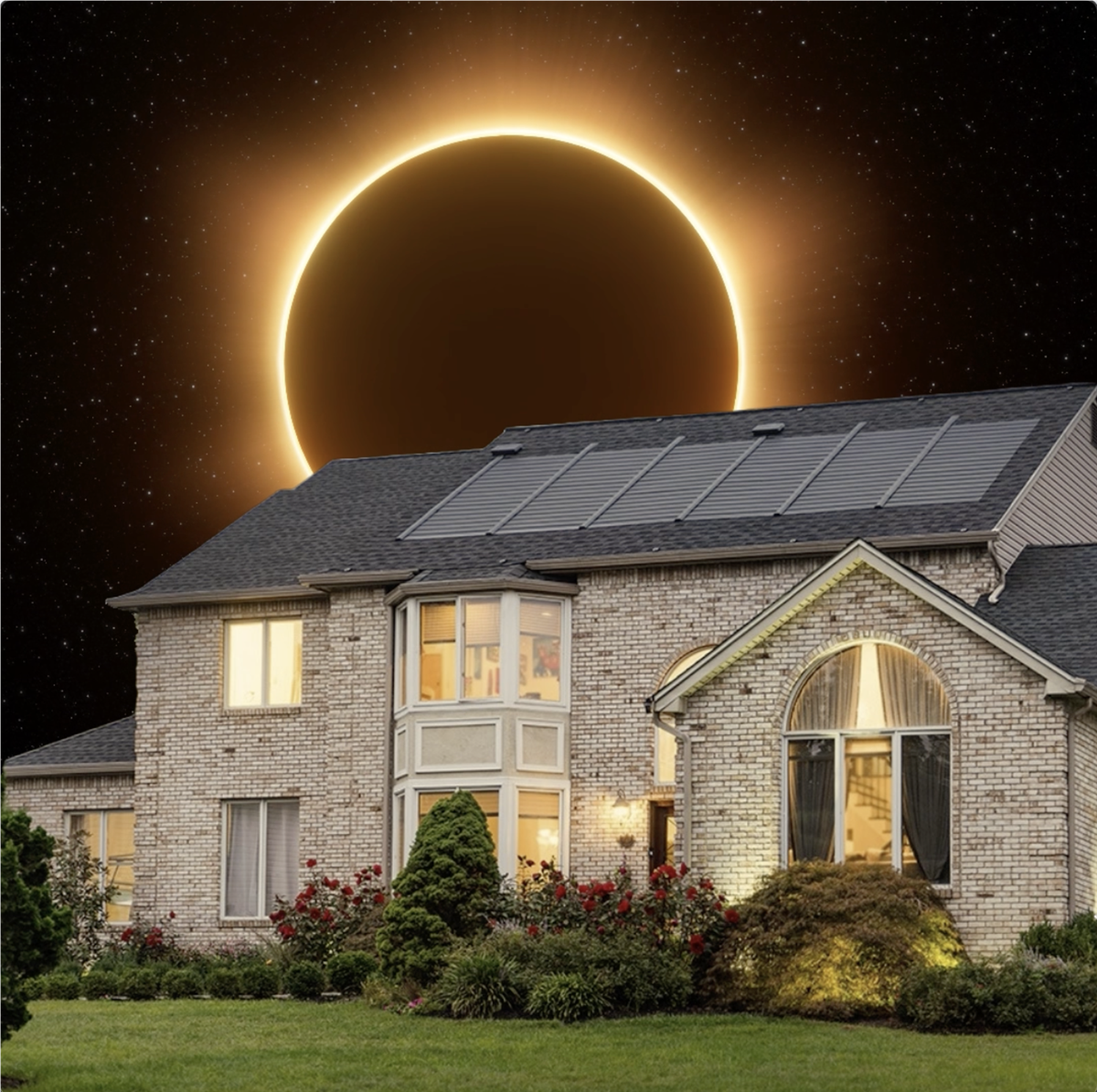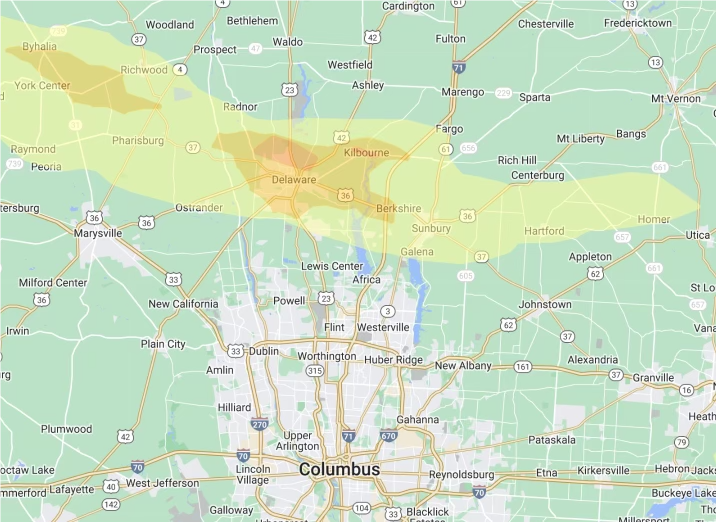
There are many components of a roofing system, but soffit vents seldom get talked about. In this post, the team at Feazel will let you know what they are, why they are important, and more.
What is a Soffit Vent?
When it comes to air flow, your soffit vents are one of the most important pieces of attic ventilation. A soffit vent is a passive vent that collects cool air and allows it to flow into your attic space.
When it comes to venting, you should have an intake and exhaust. Soffit vents pair with various roof vents, such as gable vents, ridge vents, turtle vents, and more.
What is Soffit?
The soffit is the overhang of your roof. It can come in different materials such as aluminum soffit, vinyl soffit, James Hardie soffit, wood soffit, and more.
The soffit acts as a barrier to prevent animals and insects from entering your roof space. Getting an animal or insect infestation in your attic will create problems with your insulation or worse.
Additionally, the soffit helps shield your rafters from moisture from getting into your home. Worn, cracked, or damaged soffit can create a place for moisture to enter and start to form mold or mildew in your roof.
Are Soffit Vents Important?
Soffit vents are important for the flow of cool air in and hot air out of your attic. A blocked vent can cause heat to accumulate in your attic and restrict the flow of air. Without air movement, the heat in your attic can lead to several problems.
Some are long-term and others will be immediately noticeable. With a blocked soffit vent, you may encounter
Higher heating and air conditioning bills
Attic condensation
Increased moisture in your attic
Early deterioration of your roof shingles
And more
Will Soffit Vents Prevent Ice Dams?
Soffit vents used correctly will prevent ice dams. The way they help prevent ice dams is your vent system stops hot air from accumulating in your attic and flowing out of the exhaust vent.
Ice dams form when a warm attic causes snow to melt. The melted snow then re-freezes over the cold eaves and creates a dam. Ice dams can back up under your shingles and cause a leak inside your home and walls.
An attic vented properly will move the hot air out and prevent ice dam formation and save you from spending money on additional home improvement costs.
When To Use Soffit Vents
If you have vents outside of your roof in the form of gable vents, ridge vents, turtle or box vents, solar vents, or any other sort of exhaust vent, you should include soffit vents to pull in the cool, less humid air.
What Types of Soffit Venting Are There?
There are two types of soffit venting.
Continuous soffit vents
Individual soffit vents
Continuous offers a long strip of venting to maximize the amount of air intake under the eaves of your home.
The individual will allow homeowners to strategically place soffit vents.
Your local roofer can provide you with information on which type of venting your home should have or their recommendations.
How Many Soffit Vents Do I Need?
The number of soffit vents your home needs may depend on building codes in your area. During a free estimate from Feazel, the inspector will be able to gauge if you have a suitable amount of soffit vents for your roof ventilation needs.
How To Clean Soffit Vents
Cleaning your soffits is easy with an air compressor. Simply stand beneath them and direct the airflow upward and into the soffit. By pushing air up, it will blow away any debris that has fallen and start to cover the ventilation.
Can You Vent a Bathroom Exhaust Through Soffits?
Yes, but there is an important distinction between venting through the soffits and into the soffits. Venting your bathroom exhaust through your soffits is perfectly fine. It is important to vent the hot and humid air out of your home and there are bathroom soffit vent kits that will move air outside of the home.
The danger of venting your bathroom exhaust into the soffits is that it will trap the hot and humid air in the attic. That will create conditions conducive to the formation of mold, mildew, and eventual rot.
Venting outside of your soffits is not without potential problems either. Typically, bathroom exhaust mounts on the underside of your eaves. The vent will push warm, humid air out and it could be drawn back into the soffit.
Kitchen Range Hood Exhaust Venting Through Soffits
Kitchen exhaust air should be vented out onto an exterior wall. The reason that this is recommended is that kitchen air can be greasy and can stain the underside of the soffits.
Much like bathroom vents, air from kitchen exhaust can be drawn back into the soffits into the ceiling or attic space. Getting hot and greasy air trapped in your attic can lead to eventual structural problems.
Soffit Vents for Dryer
Typically, dryers are vented out of the wall instead of the eaves/ soffit. Local building codes may allow soffit venting but it depends on your location. Always consult building codes if it’s a DIY project. Otherwise, your local roofing company can give you guidance about the placement of the dryer vent.
Roofing Problems? Call the Experts at Feazel!
Finding an experienced, high-quality roofer isn’t always easy. You are in luck! Feazel has been inspecting roofs, installing replacement roofs, and conducting roof repairs among other outdoor services for over 30 years. Additional questions about soffit and fascia? Read our blog about everything you need to know! Contact us today to schedule your free estimate.
Tags
Subscribe to Feazel's Blog




Comments